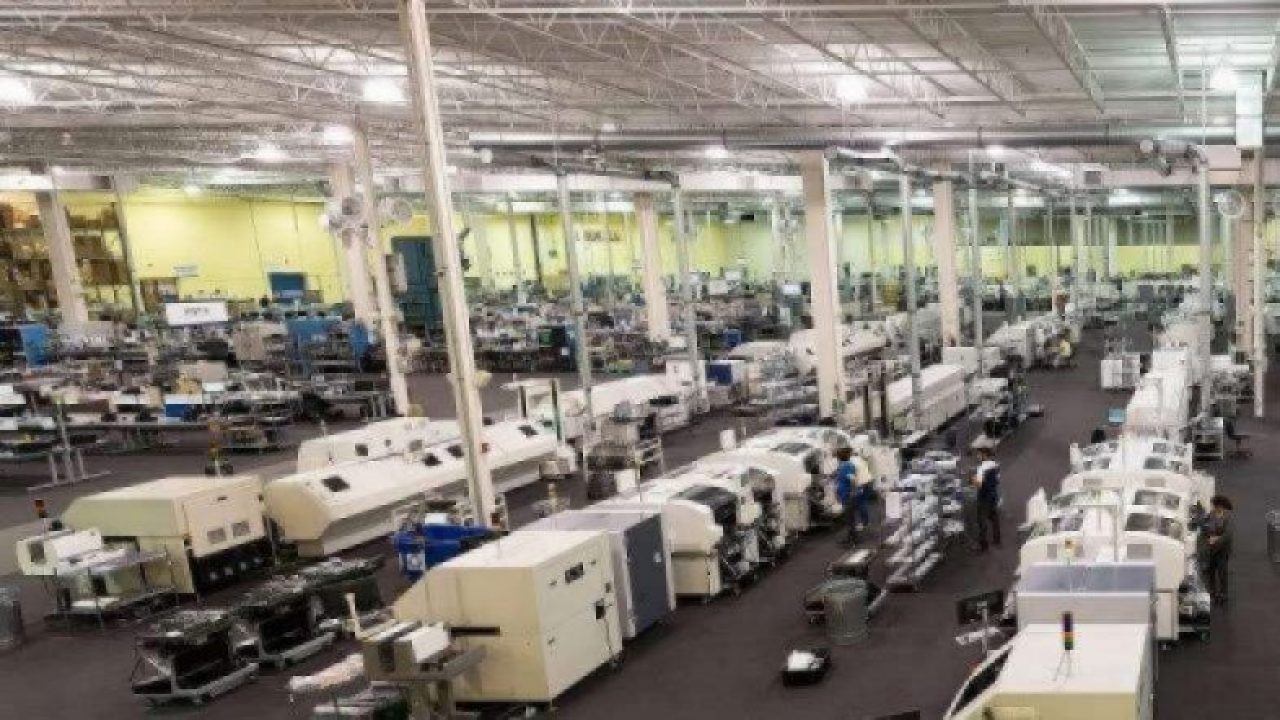New Agreement Eases Trade Tensions
Article By : Barbara Jorgensen

With on-again / off-again tariffs, the blacklisting of Huawei, and the hardest negotiations still ahead, the holiday joy is tentative at best.
The electronics industry is enjoying a short-term reprieve from new U.S. tariffs as the Trump administration delayed the imposition of 15 percent duties on $156 billion worth of Chinese goods, including smart phones, computers and other consumer electronics. While the move may boost holiday-related consumer sales, the 25 percent tariffs on a separate $250 billion worth of Chinese imports — including electronics components — still stands.
Fifteen percent tariffs on another $120 billion of imports will be cut in half.
Prior to Friday’s announcement, U.S. electronics manufacturers were simply hoping the U.S.-China trade war wouldn’t worsen before the end of the year. Tariffs are now “baked in” to contract negotiations, one manufacturer said, as companies scramble to secure business for 2020.

“I think it’s becoming an accepted part of doing business,” said George Whittier, president and COO of Morey Corp., a design and manufacturing services provider based near Chicago. “When negotiating new contracts tariffs have to be factored in, but there’s no consistency on how our customers want to do it.”
Some companies want to account for tariffs across their bills of material, he explained; others want a premium attached to specific line items. “So, we may be talking about an x-percent increase across a contract, or $5 added to a single component,” Whittier said.
Like many small to mid-size U.S. manufacturers, Morey imports electronic components from overseas. When possible, Morey has switched to non-Chinese suppliers; in other cases, it can’t. The majority — 65 percent — of the world’s printed circuit boards are made in China, according to the IPC trade association.
U.S. companies have reported tariff increases on 31 percent of the total dollar value of their imports, an IPC survey found. Crucially, 69 percent of U.S.-based companies reported a contraction in profit margins due to the increase in costs from the imposition of tariffs.
Although overall anxiety has abated somewhat since tariffs arrived in June 2018, the U.S.-China trade war has been a drag on the electronics industry. Booking new business contracts for 2020 has been a challenge for many manufacturers.
On the upside, more products are being excluded from tariff lists, Whittier said. Companies can apply to the U.S. Trade Representative for exemptions: U.S. passives manufacturer Kemet Corp. recently won an exclusion for its Tantalum Polymer capacitors. “It’s still just a handful of suppliers,” Whittier added, “our hope is it becomes more prominent over time.”
Accepting tariffs as the new normal has eased some dissension in the supply chain, Whittier said. “The processes to account for tariffs are now in place so [tariffs] take up less air. The big thing for us is the removal of the annoyance of constantly dealing with our customers on this issue. It’s a relief to go back to the things we want to do and book new business.”

About those exports…
The overall trade picture — including the U.S. boycott of Chinese telecom giant Huawei Technologies — still weighs heavily on the components and semiconductor industry. The Trump Administration has extended special licenses that allow U.S. companies to provide goods and services to Huawei. But uncertainty over Huawei’s long-term trade status has prompted some chipmakers to factor Huawei out of their financial projections.
In October, Xilinx Inc. CEO Victor Peng told analysts it was “prudent” to remove all remaining revenue expectations related to Huawei from Xilinx’s fiscal 2020 outlook. ” Xilinx shipped $50 million worth of product to Huawei in its first fiscal quarter of 2019.
The bigger worry for chipmakers is their design status within Huawei’s wide-ranging 5G portfolio. The company is reportedly producing equipment that does not contain some U.S. technology. Industry experts fear damage has already been done to the high-tech supply chain.
U.S. manufacturing contracted for the third straight month in December, largely due to trade uncertainty. More than half — 51 percent — of respondents to the IPC tariff survey already source components from countries other than China. Nearly one in five companies (19 percent) are relocating manufacturing operations and potentially other business interests outside of China.
U.S. tariffs were originally intended to force China to negotiate on IP protection and easier access to its markets. Instead, trade continues to weigh on the U.S. supply community, said Tim Fiore of the Institute for Supply Management. “It’s not as much as not as much as before — I think we are at the level of maximum impact of tariffs [before any new tariffs on France, Argentina and Brazil.] Manufacturers are adjusting, and it doesn’t seem there will be relief until the administration stops using tariffs as a multipurpose weapon.”
Subscribe to Newsletter
Test Qr code text s ss


